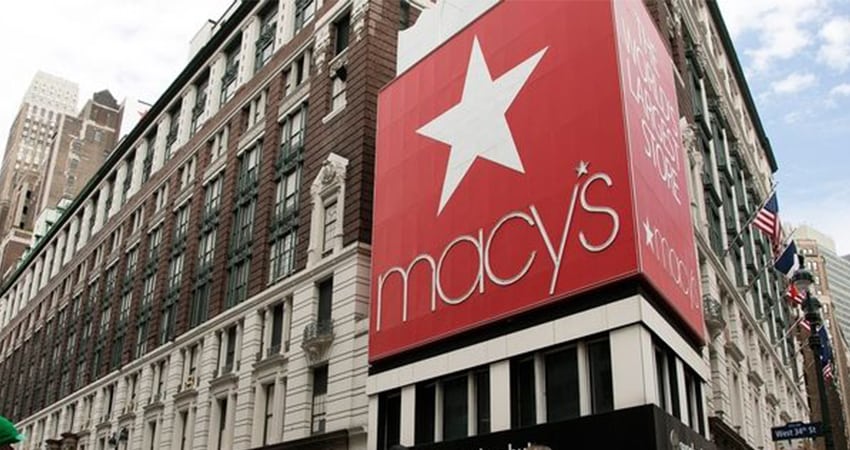In a familiar theme for omnichannel retailers who have gotten ahead of the curve in digital transformation, Macy’s reported store sales down 61% in the second quarter, while ecommerce increased 53%.
Still brick-and-mortar news was not all bad, as stores reopened stronger than expected after lockdowns and luxury goods outpaced projections in the quarter, said Macy’s interim CFO Felicia Williams. Overall, sales were down 35% to $3.6 billion.
Macy’s CEO Jeff Gennette the dramatic shift to online sales “has required us to rework our fulfillment strategies.” The company earlier this year announced a major operational realignment, centralizing its store and online fulfillment while combining its supply chain and merchandising teams.
“We’ve taken a number of steps to mitigate both customer friction and financial impact,” Gennette said.
“We’re optimizing inventory placement to meet customer demand wherever and however they shop; in our store, curbside, BOPS (buy online, pickup in store) and BOSS (buy online, ship to store), vendor direct, .com or mobile, same-day delivery or I-can-wait delivery options.”
Williams said the centralized approach has allowed Macy’s to better position inventory based on channel and location demand, while also speeding up the decision-making process.
In terms of the future of its stores, Gennette said they remain a major component of the company and customers still want to come out, although the behavior is changing.
“They’re coming to stores now that they’re reopened for a place – I mean, they’re mission-based,” he said. “They’re coming in for a transaction. They’ve got an idea about what they want to buy. They’re lingering in less time in stores and they’re buying at a higher conversion rate. So that’s the behavior there. But stores are going to remain very important to us for us to be able to show the fullness of our brands for customers that need inspiration. We have other customers that are getting that full inspiration by browsing online.”
Gennette said the previously announced plan to close 125 underperforming locations out of 870 total Macy’s, Bloomingdale’s and Bluemercury stores hasn’t changed, but the timing may be adjusted. He said COVID has meant that so-called “neighborhood stores” are doing better than flagships in places like Chicago and New York as so many continue to work from home.
He said the company is testing several smaller Macy’s stores outside of malls, as the former destinations hav been severely challenged, as well as a Bloomingdale’s store in an off-mall location. It also plans to test location-based pricing in October, hoping for more proactive markdowns and margin improvement.
“What we’ve learned through the pandemic and certainly through reopening our stores has been the value of having new stores where customers feel comfortable,” Gennette said. “They are using these stores basically for lots of basic transactions – for returns, for pickups … (and they want) a clean environment where they can do that in a safe place.”

